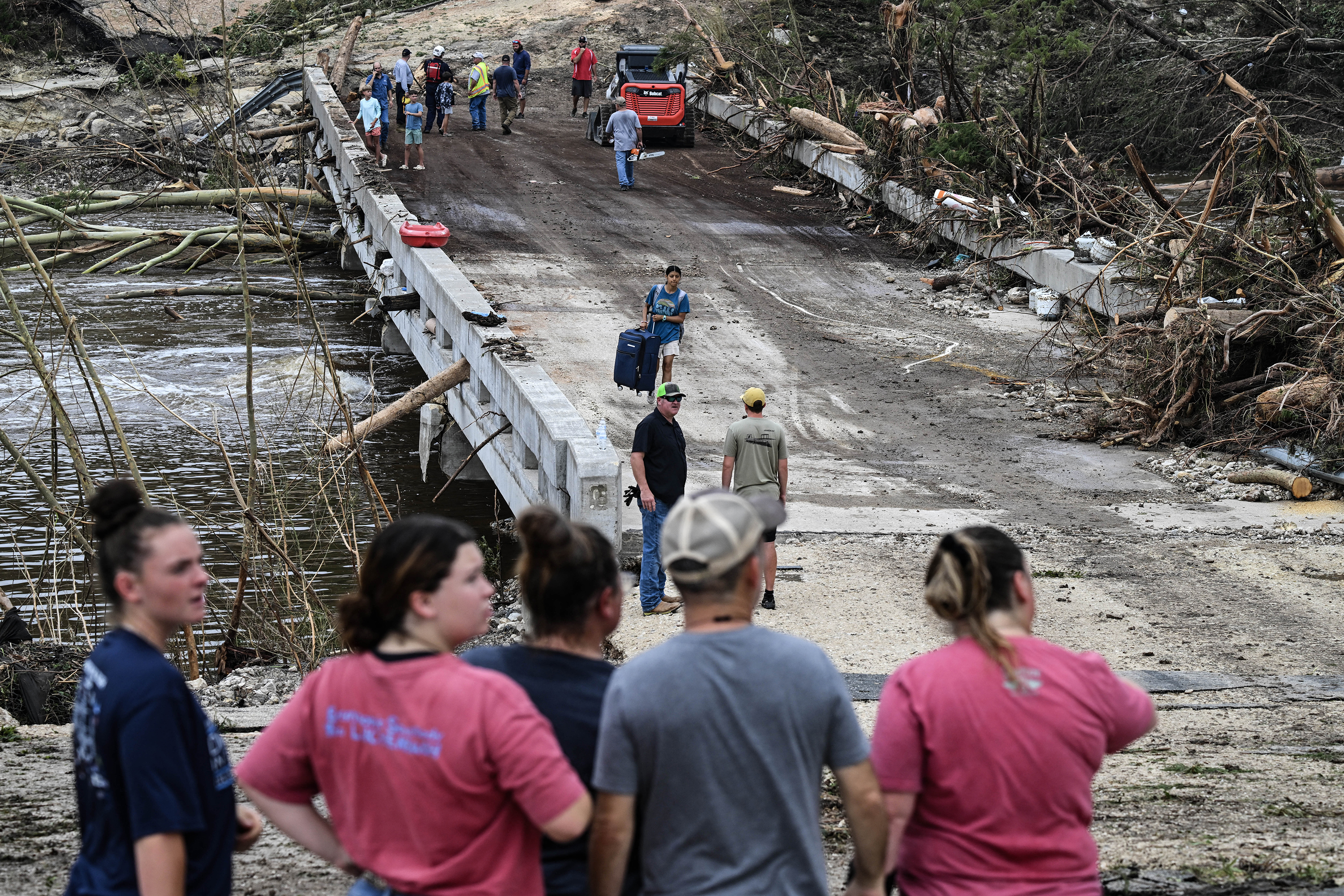Tips on planting food plots for white-tailed deer
Published 4:10 pm Saturday, August 31, 2013
As we approach the fall, many landowners begin preparation of planting food plots for the wildlife on their property. Planting a food plot over the years has been one of the most widely used wildlife habitat improvement techniques. Food plots increase viewing of wildlife as well as to increase nutritional quality and quantity of available forage for wildlife.
One of the first things a landowner should do when preparing for a food plot on their property is to perform a soil test on the site to be planted. A soil test costs around $10 at most soil testing laboratories. The soil test will help determine soil pH as well as what nutrients are lacking or present in the selected site. Be sure to follow the soil test recommendations for your site for limestone and fertilization requirements.
Deer prefer forbs over browse. The landowner will need to decide on what to plant for their particular goals. Some options include combination plantings of rye, ryegrass, oats, wheat, Arrowleaf clover, sweet clover, subterranean clover and cowpeas to name a few. There is no one forage species that can satisfy all the nutritional requirements of the white-tailed deer population throughout the year. If possible, remove livestock from areas where you plan to plant food plots. The livestock can compete with the white-tailed deer for the forage.
The size of the food plot and location of the food plot also come into play. Most food plots for white-tailed deer are 0.5 to 3 acres in size. Deer tend to feed along the edges of plots than the center and in many cases several smaller plots work better than one large food plot. A good rule of thumb is to plant 1 percent to 3 percent of the total habitat. In other words, 1 to 3 acres of food plot for every 100 acres of habitat.
Some landowners are looking into fencing options around their food plot to keep livestock or other wildlife species out of the food plot. Feral hogs, for example, may root up the site destroying the food plot. When white-tailed deer are in a food plot or feeding station and feral hogs show up, the deer usually leave.
Planting depth of the seed is another important factor. Planting some varieties of seed too shallow or too deep may result in poor stand development. Be sure to follow planting guides for the various seed variety combinations you are interested in growing in your food plot. It is also important to plant the various seeds at the correct rate to insure a better stand of forage.
Food plots can be useful especially during times when native habitat or food sources are scarce for wildlife. Many landowners enjoy viewing wildlife on their property and planting the food plot allows opportunity to view the wildlife species on the property. A census of the wildlife species on your property can be helpful for the management of the property. The food plot may bring white-tailed deer into an open area so we can determine body condition, the buck to doe ratio, and for many just the enjoyment of seeing wildlife. Today man
Extension programs serve people of all ages regardless of socioeconomic level, race, color, sex, religion, disability, or national origin.






